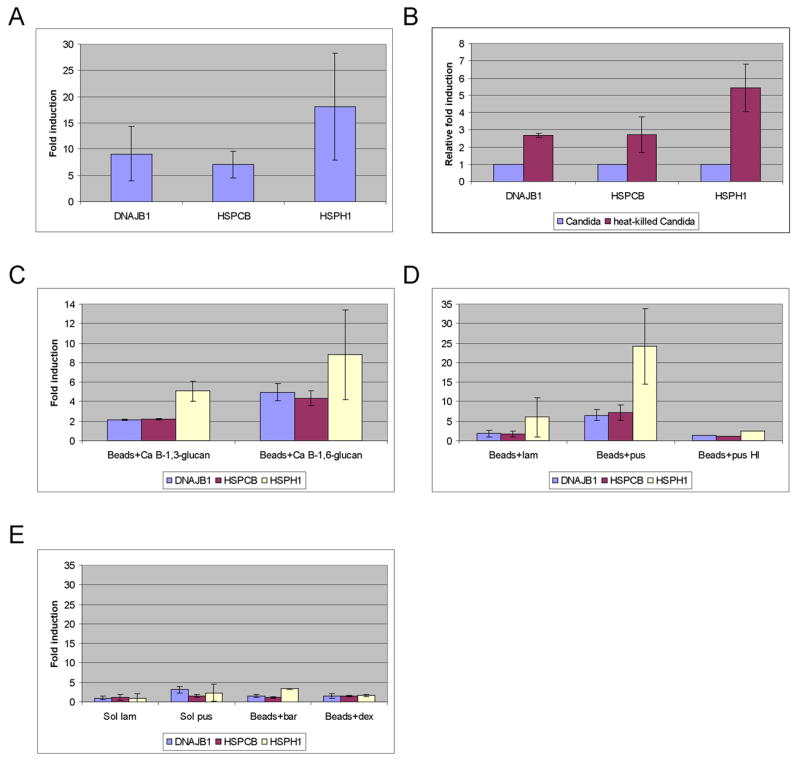Figure 1. β-1,6-glucan stimulates expression of heat shock proteins (HSPs) in neutrophils.

Induction of HSPs was determined by quantitative real-time PCR. The data represent the average of two (A) or at least three experiments with standard deviation. Candida (Ca) or beads were opsonized with pooled human serum and cultured for 2 hours with neutrophils. (A) Candida albicans elicits HSPs in neutrophils. The fold induction represents the ratio of neutrophils+ Candida to neutrophils alone. (B) Heat-killed Candida elicits higher levels of HSPs. Results for heat-killed Candida were normalized to UV-killed Candida. (C–E) β-1,6-glucan stimulates expression of HSPs. Polybead polystyrene 6 μm microspheres (beads) were coated with an equivalent amount of one of the indicated β-glucans. Beads were opsonized with pooled human serum, or with heat inactivated (HI) pooled human serum (D). The fold induction represents the ratio of neutrophils+ glucans- coated beads over neutrophils+ untreated beads. (C) Fungal β-1,6-glucan stimulates expression of HSPs. Beads were coated with β-1,3-glucan purified from Candida albicans (Ca B-1,3-glucan), or β-1,6-glucan purified from Candida albicans (Ca B-1,6-glucan). (D) Standard β-1,6-glucan stimulates expression of HSPs. Beads were coated with laminarin (lam, algal β-1,3-glucan), or pustulan (pus, lichen β-1,6-glucan). (E) Soluble β-1,6-glucan and other glucan- coated beads do not stimulate expression of HSPs. Beads were coated with β-glucan from barley (bar, 30% β-1,3-glucan, and 70% β-1,4-glucan), or dextran (dex, α-1,6-glucan). Neutrophils were cultured with 5 mg/ml of soluble laminarin (sol lam), 5 mg/ml of soluble pustulan (sol pus), or beads. The fold induction represents the ratio of neutrophils+ soluble glucans over neutrophils alone, or neutrophils+ glucans- coated beads over neutrophils+ untreated beads.
